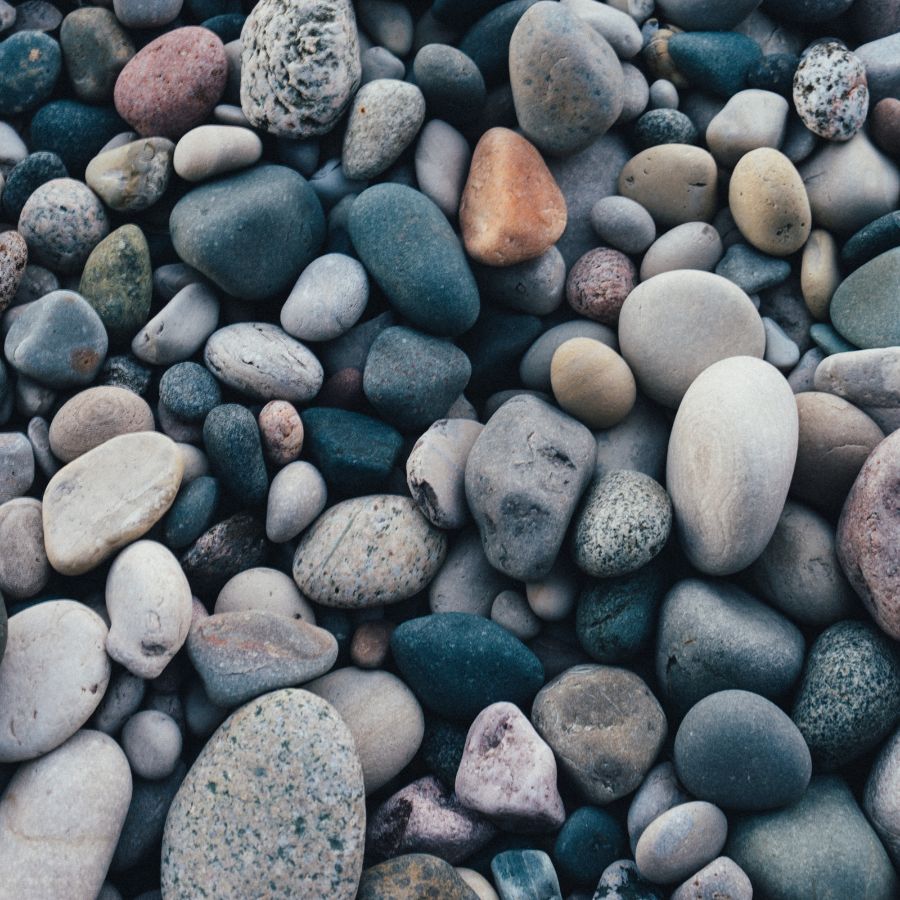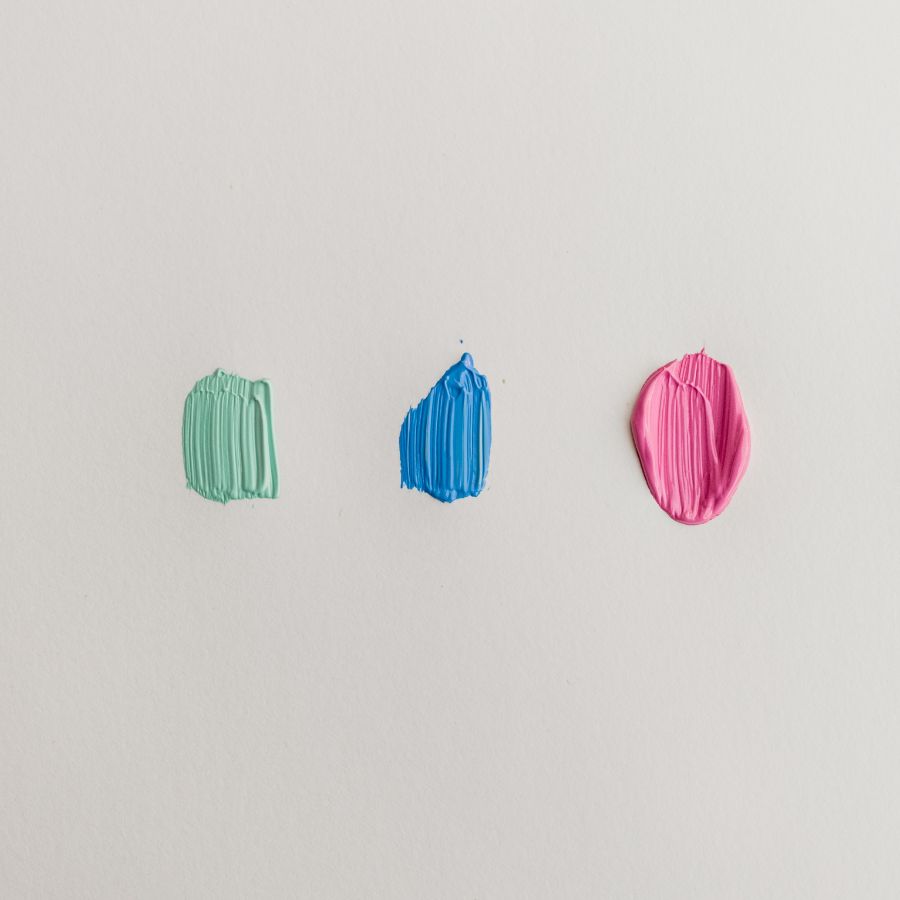Week 2 | Sunday, June 12, 2022
Psalm 8
1 | begin
In a fire-safe place where you are, burn some incense. Sit or stand in silent prayer, offering your words or wordless presence with the incense aroma to God. (If you don’t have incense, you can pray in silence for a minute or two.)
To conclude the prayer, read Psalm 141:2: “Let my prayer be counted as incense before you and the lifting up of my hands as an evening sacrifice” (New Revised Standard Version Updated Edition). (You can also use the version in The Book of Common Prayer Evening Prayer, Rite II on p. 115.)
2 | explore
Journal on your own about your experiences or share your stories with a group:
Describe a time you created, crafted, or built something with your hands. What did it feel like? How did it affect your hands, fingers, wrists, and arms?
List some adjectives you would use to describe the hand or finger work required to create, craft, or build that thing well.
Would you use those same adjectives to describe God’s creative work? Why or why not?
3 | read
Read Psalm 8 two times.
4 | reflect
Trinity is an odd church teaching. We are all taught to subscribe to it even though no one can actually explain it or understand it. We’re supposed to apply this word to God and have no real idea what we’re saying. And we are encouraged to pray to God Triune without becoming heretics who visualize three-part objects like braids or states of water in our efforts to be faithful before this mystery.
If you’ve struggled to form a meaningful connection to the Trinity, you are not alone. Envisioning 3 persons and 1 God together simultaneously defies virtually every way we try to make sense of the world. How can Christians relate to the divine when a thick untouchable knot enshrouds who this God is?
What if we viewed relationship as the starting point rather than the finish line? What if we focused our attention not on unraveling the knot of God’s triune existence but on how God has chosen to be in relationship with this world?
As theologians before us have pointed out, “Trinity” is the tidy, though enigmatic, label for the most mind-blowing, didn’t-see-that-coming showing up of the divine with us. [1] God has not taken a singular form to relate to us or appeared to the created world the same way every time God is present. God has forged three different types of relationship with this world, and each communicates God’s unfathomable love in a distinct, yet unified and synchronized way: Creator, Incarnate One, and Spirit.
Relating to the second and third persons of the Trinity may seem easier than connecting with invisible Creator God. We can read numerous stories of Jesus in the gospels and the Spirit in the prophets and Acts. We can touch baptismal waters and taste consecrated bread and wine. But Creator God can seem so great, so powerful, so different from us that trying to communicate with God in this divine person can feel like speaking into the void to an entity light years away.
The psalm for this week, Psalm 8, offers a helpful starting point for relating to God the Creator. It begins and ends with accolades of God’s grandeur, but in the middle of the psalm, the psalmist zeroes in on a striking image of God engaged in creative work: God’s fingers. The image appears almost in passing against an astronomical backdrop of “heavens,” “moon,” and “stars” (8:3). Yet the psalmist’s phrase “the work of your fingers” (8:3) evokes intimate connection between the God who creates and the creatures God brings into being.
Finger work is fine motor skill work. It is patient work, precision work, detail work, tactile work. It can express love and presence on a minute scale that big, sweeping gestures of building and crafting don’t quite convey in the same way. By invoking God’s fingers, the psalmist offers a portrait of a God who creates with intricate, careful, personal attention.
If the first person of the Trinity seems distant to you—or the Trinity as a whole, for that matter—why not explore the psalmist’s image of Creator God this week? It won’t resolve the divine mystery, but it might shed fresh light on the attentive, loving presence of God Triune with you and with all of creation—not just “in the beginning” (Gen 1:1), but now and always.
5 | respond
Journal on your own or talk with a group about these questions:
1. What has your relationship with the Trinity been like?
2. When does God seem distant to you? When does God seem close to you?
3. What stands out to you in Psalm 8? What does the image of God’s fingers convey to you?
4. How might you turn your attention to the love of God Creator, Incarnate, and Spirit for you and for all creation this week?
6 | practice
Take a few minutes this week to do one of these activities:

Pray with “Beads”: Outdoor Edition
Instead of using prayer beads, go on an outdoor scavenger hunt for small stones. When you find one, touch it with your hand and say a prayer. You can say a line of the Lord’s Prayer with each stone you find, offer thanksgivings to God, or repeat the same one-sentence prayer each time.

Fingerpaint
All you need is paint-ready paper or cardstock, water-based finger paint, bowls for each paint color, newspaper or another material to protect your work surface, and cloths or a sink nearby for clean-up. You can paint a particular image or paint freeform, focusing on the experience of fingerpainting rather than on producing art.
Updated June 19, 2022
References & Credits
1. For modern theological works that discuss the Trinity’s relationship with the world, check out, for example, Karl Barth, Church Dogmatics: Doctrine of the Word of God, Vol 1, eds. G.W. Bromiley and T.F. Torrance (Edinburgh: T&T Clark, 1975), §8–12; Catherine Mowry LaCugna, God for Us: The Trinity and Christian Life (New York: HarperSanFrancisco, 1991); and Jürgen Moltmann, The Trinity and the Kingdom: The Doctrine of God (Minneapolis: Fortress, 1993).
Header image of “Grass” is by Ochir Erdene on the Unsplash website
Image of “Stones” is by Scott Webb on the Unsplash website
Image of “Paint” is by Ashley West Edwards on the Unsplash website
Scripture quotations are from the New Revised Standard Version Updated Edition
The scripture reading comes from the Revised Common Lectionary lessons for Trinity Sunday in Year C, which can be found at the Episcopal Church Lectionary Page here

